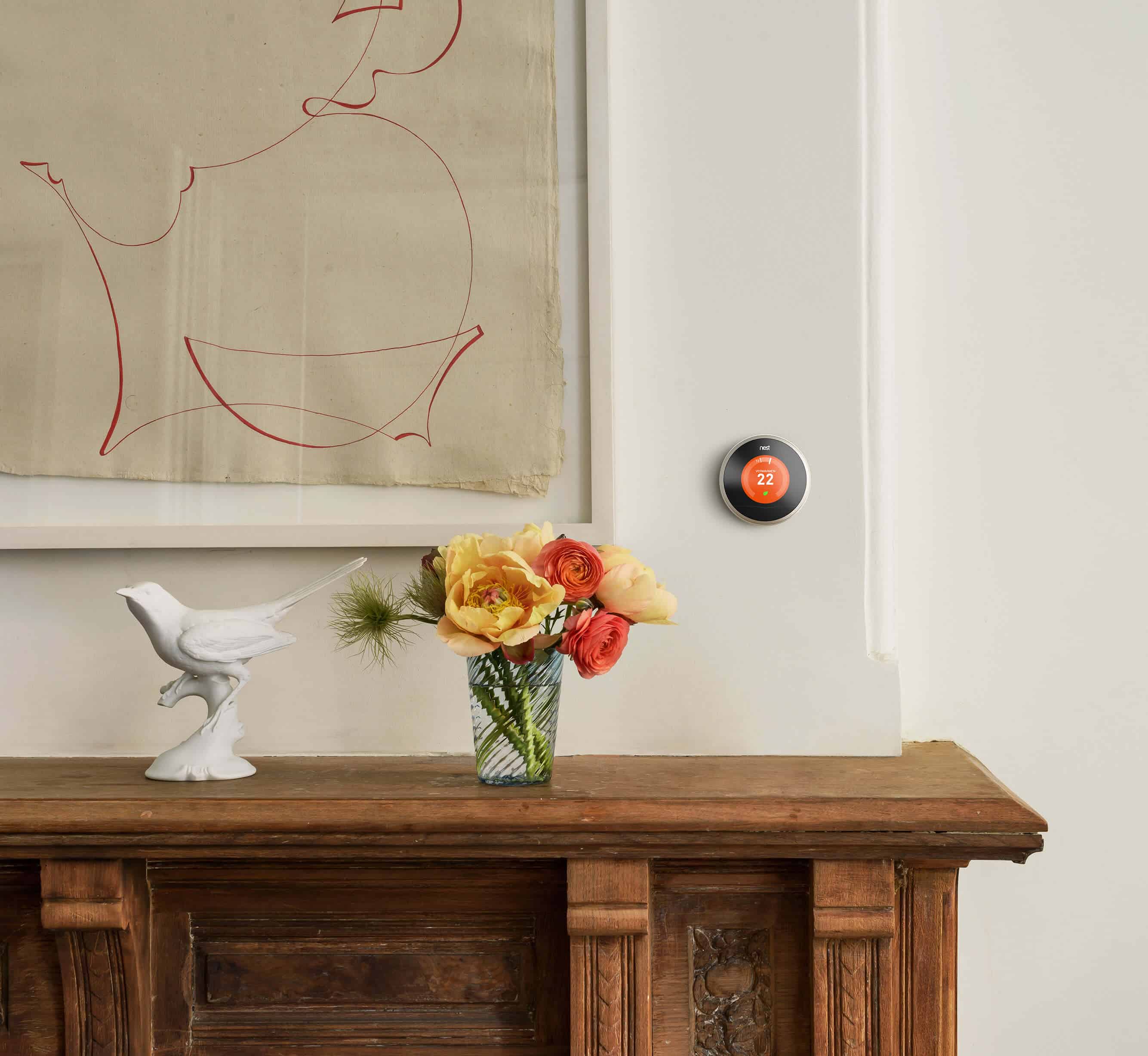No doubt you’ve heard of the coming Internet of Things (IoT) and how it’s going to change our lives through billions of Internet-connected devices and sensors.
But is IoT mostly hype? And if it’s not, how can product teams prepare?
Preparing for the Internet of Things
Last month I moderated a panel discussion for the MIT Enterprise Forum to discuss IoT opportunities and challenges. Our panel included device, data, and security experts as well as representatives from companies launching IoT products.
To be honest, before I began preparing for the event I wasn’t convinced about the impact of IoT. I thought that products like Nest, Dropcam, and pill bottles that remind us to take our medicine are cool, but wondered if a world of Internet-connected washing machines was really all that special.
But after talking with the experts and moderating the event, I have come to realize that over the next few years there is a huge opportunity for companies providing hardware, software, data, and services for customers in almost every industry.
My takeaway is this: product managers and product teams need to be prepared to capitalize on IoT – it will eventually deserve a place on your product roadmap. Product teams will want to consider these areas for the future:
- Prepare for the data. Each device will create immense amounts of data. There will be challenges with processing the data and connecting different data sources together. Business intelligence and data discovery systems will become more important to organizations. There will also be opportunities to make innovative connections between data and devices that weren’t previously possible.
- Interaction design will be more important than ever. Every device will need an interface. While there are efforts to create standards, today each device interface is often a separate ecosystem. This will create opportunities for UX and interaction teams to provide innovative interfaces that include visual, audio and tactile feedback.
- Security and privacy will be challenging. Any new technology introduces security and privacy concerns, and IoT presents special challenges. Devices can give access to our homes. Databases contain confidential information about our health. Companies will need to give cybersecurity and privacy high priority as they introduce new products and services.
- Low-priced sensors will spur innovation. There already is a growing array of sensors and the price is dropping rapidly. Sensors that can measure light, humidity, sound, location, movement, temperature and other items will give product teams incredible opportunities to innovate.
Whether you are in the consumer, automotive, healthcare, manufacturing, construction, or another industry, IoT will affect your products and services. Teams will need to have a strategy to innovate and rework legacy products to fit into this new world.
Image credit: Nest Labs



